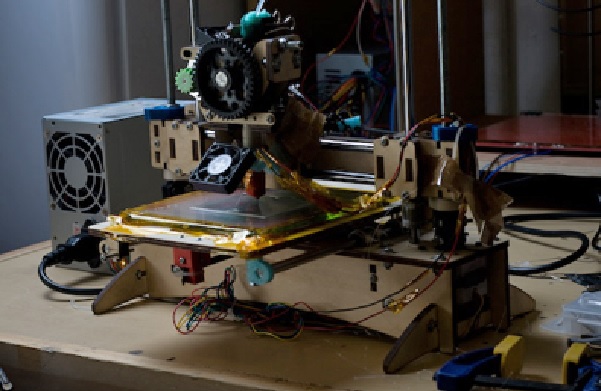Bitcoin and 3D printing have both drawn a lot of coverage and excitement during the past year, so it seems plausible that combining those interests would be synergistic, right?
Not so, apparently.
3Distributed CEO Hugh Halford-Thompson, whose UK based company supplies components for 3D printing, set up Bitcoin payments in late October. The news alone increased his web traffic by an order of magnitude.
3Distributed even makes Bitcoin payments more enticing by offering a 2% discount, saying on the website’s FAQ, “This is to reflect the savings made on paypal or card processing fees.”
But despite the offer and the traffic, Bitcoin spenders aren’t biting. Halford-Thompson says but a few clients have paid with the cryptocurrency.
The problem, it seems, is that most of his 3D printing customers are not familiar with Bitcoin. And this could be the flipside to the synergy hypothesis: What is the likelihood that a given customer could be well versed in two simultaneously complicated and disruptive technologies?
Perhaps both technologies just need time to mature and gain wider understanding. That lag might hurt Halford-Thompson’s early mover advantage, but such is the nature of emerging markets.
Halford-Thompson himself understands this because he is in fact one of the people well versed in both technologies. He also founded Quickbitcoin, which allows people in the UK to buy and sell Bitcoins and also integrates Bitcoin payments into other online stores’ checkouts.
So his shop’s checkout was one of the first places he tried to bring together both technologies. That went smoothly, too, thanks to his expertise.
For now, he will be forced to wait as 3D printing and Bitcoin catch on with more and more people. Both have the opportunity to impact economies, especially in underdeveloped regions, and after a certain tipping point, one hand could begin to wash the other.
